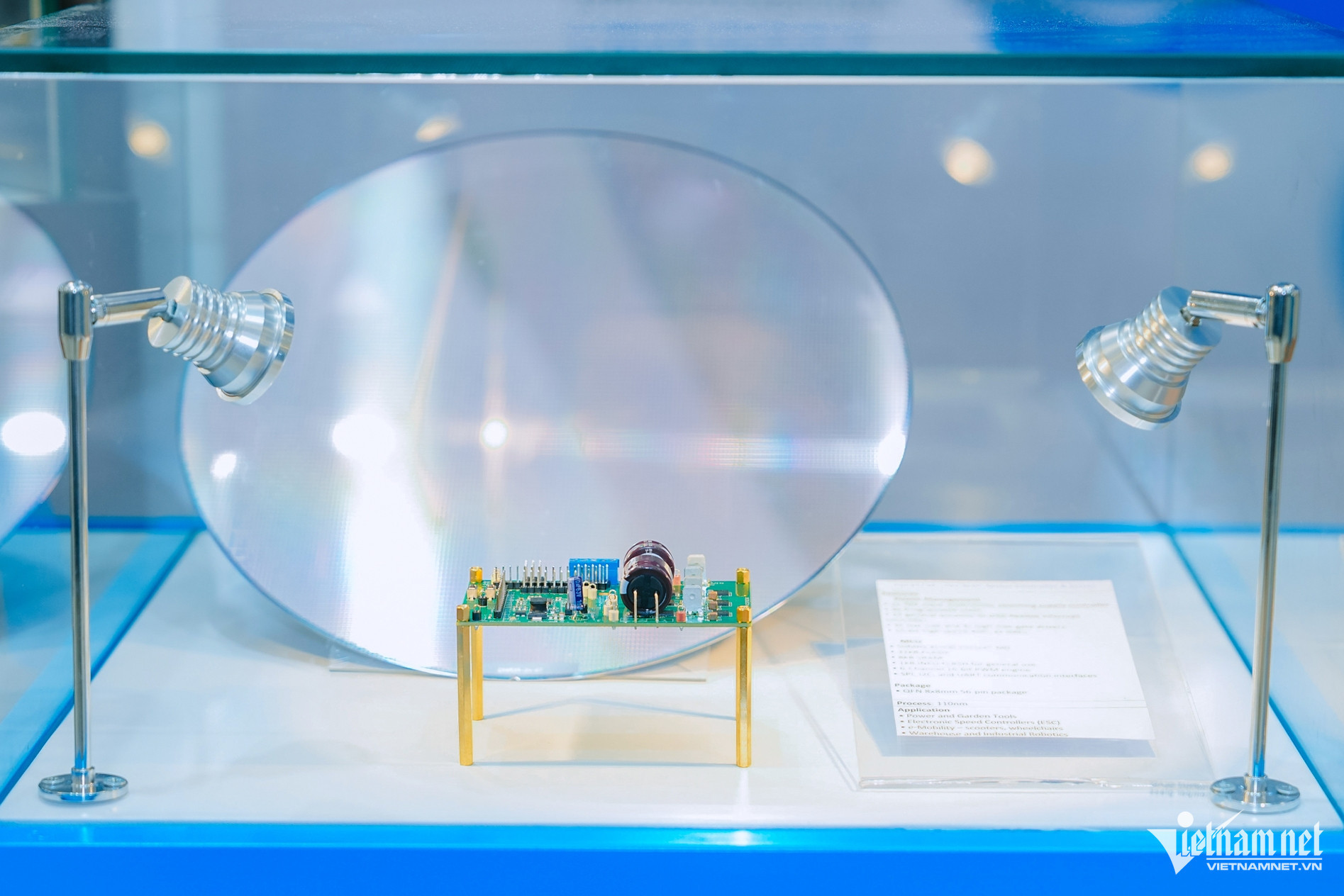
According to Vo Xuan Hoai, deputy director of the National Innovation Center (NIC), leaders of many semiconductor and technology corporations have visited Vietnam recently to seek opportunities. Large packaging and testing firms have also appeared in Vietnam.
This shows that Vietnam has an attractive semiconductor ecosystem.
“Amid the movement of relocating supply chains from other countries, especially China, Vietnam has been chosen to more deeply participate in the global semiconductor supply chain,” Hoai said.
“The important reason behind the technology multinationals’ decision to move to Vietnam is an abundant, high-quality labor force,” he added. “Vietnam has become an attractive destination for the enterprises in the semiconductor industry."
To elevate Vietnam in the global semiconductor chain, the country needs to prepare infrastructure, including electricity, clean water and logistics.
The government and agencies have been endeavoring to make heavy investments in infrastructure development, including power plants, airports, seaports and highways to facilitate the industry.
Also, the institutional regime and policies to encourage semiconductor development have been set. Vietnam has launched a national program on developing human resources for the industry, planning to produce 50,000 semiconductor engineers by 2030.
Nguyen Thi Bich Yen from Soitec Group believes that semiconductors will be developing rapidly in 2025-2030, and the impact by the industry on the economy will be twice as much as the last 60 years. This will give great opportunity not only to Vietnam, but to the entire world.
“There will be big technical changes in the industry, which will create opportunities for countries which just have just joined the semiconductor industry,” she said.
She said that with the development of the ‘AI (artificial intelligence) era’, the global semiconductor industry will need 1 million workers. This is why multinationals have come to Vietnam and Southeast Asia to diversify their supply chains.
Vietnam has a young and high-quality workforce and Vietnamese people are progressive and don’t shrink back from difficulties. These are all great advantages that can help make Vietnam become a supplier of workers fot the global semiconductor industry.
Yen said semiconductor microchip production requires huge investment capital. However, the development of microchip transistors cannot be accelerated any further and is becoming more and more expensive. Semiconductor technology is gradually shifting towards advanced packaging. This is an opportunity for Vietnam.
This trend also supports design, making it easier to design LED chips than SoC. This is a market segment that Vietnam can consider.
Meanwhile, to prepare for long-term development, Vietnam can develop laboratories at universities, together with designing software to design LED chips. If Vietnam can do this, it will be able to catch the wind from above instead of below.
On November 7, The Vietnam Semiconductor Industry Exhibition 2024 (SEMIExpo Vietnam 2024) opened in Hanoi.
It is the first and largest international semiconductor exhibition ever organized in Vietnam by NIC and the Global Semiconductor Alliance (GSA).
Minister of Planning and Investment Nguyen Chi Dung said Vietnam, with great advantages and with a stable political situation, fast growing economy, and young and qualified workforce, is a promising destination for investors in the semiconductor industry.
Dung said his ministry has assigned NIC to join forces with the US Department of State and Arizona State University to launch and deploy a training program in Vietnam, planning to produce more than 4,000 microchip packaging and testing engineers from now to the end of 2025.
Vietnam is also cooperating with the US, Japan, South Korea, Singapore, Taiwan and Europe to develop human resources, a semiconductor industry and AI.
Le Nam Trung, deputy director of the Authority of ICT Industry and Communications, said that under Vietnam’s semiconductor industry development strategy to 2030, Vietnam would become an important link in the global supply chain.
The strategy also shows a path for Vietnam to develop semiconductors: C = SET + 1.
C means Chip, S is specialized chip, E is electronics industry, T is workforce and talents, and + 1 shows Vietnam’s position in the global semiconductor supply chain.
GSA estimates that the Vietnamese semiconductor market would be valued at $7.01 billion by 2028.
Trong Dat